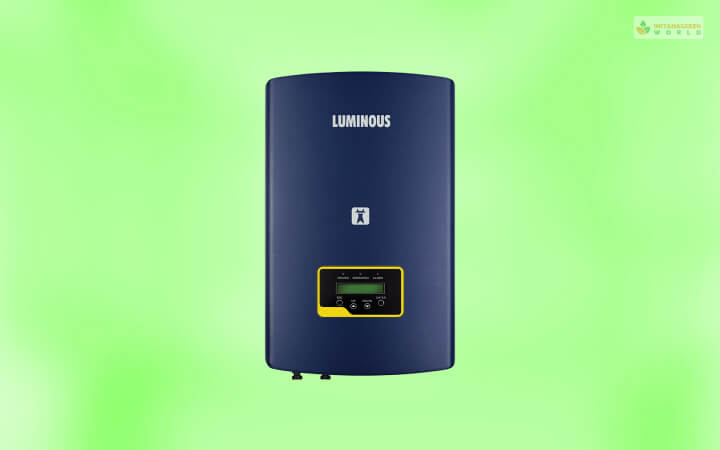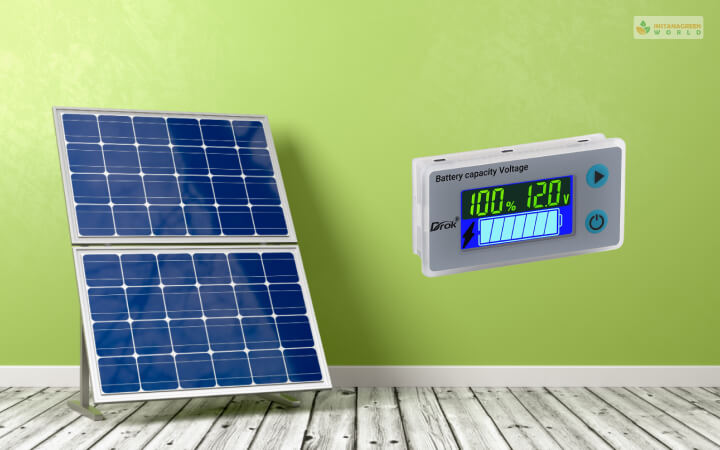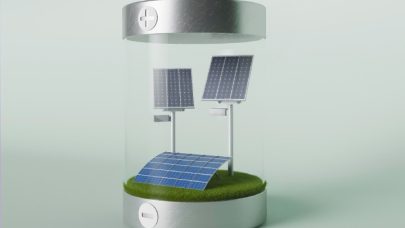Did you recently look at your electricity bills and find them to be at an all-time high? Are you looking for various ways to reduce your electric bills to save money for the future? Let me give you some advice – learn how to build a DIY solar power generator.
If you want the same thing, then you have come to the right place. Read this comprehensive guide right now to create a solar power generator by yourself using affordable materials!
What Is A DIY Solar Generator?

As the name suggests, a DIY solar generator is a device you can create to utilize solar energy. Wirth its help, you can convert sunlight into electricity to power your house or run a select few appliances.
Creating a solar panel generator with DIY methods is effective in 2022 since you can save a lot on electricity bills. Therefore, this will be a great investment for you.
How To Build A DIY Solar Generator?
There are quite a few things you need to buy before you can start creating a DIY Solar generator. Along with what things you need to buy, the steps to build it are explained below.
1. Calculate The Amount Of Electricity You Need

You will be building the portable solar generator DIY to power household appliances at first. Therefore, you must know your requirements. This is why the very first step you need to do is to calculate how much electricity you need. Do so in accordance with the electricity requirements of all the appliances in your house.
Here, you need to calculate the wattage requirements for each electrical appliance individually. Typically, they are written on their packaging boxes. If you don’t know how much energy they consume, simply search on Google.
2. Buy A Small Solar Panel

The next step is buying your own small solar panels. You can get various solar panels here look for a solar panel rated 12 volts or more. Here, I recommend a 16-volt small solar panel. You can easily get these solar panels at an RV or marine supplies store.
If you don’t know which shops sell solar panels, simply search it up on Google and check Google Maps for directions.
3. Purchase A Battery And a Battery Box (Meter)

The third step you need to take to create a DIY solar generator is a good battery. In addition, you also need a battery box to contain it.
To buy yourself a battery for the solar generator, you can visit the same store where you got the solar pales from. Simply ask them for a 12-volt deep cycle lead or acid gel battery. Here, I recommend going for a deep-cycle battery because the battery will constantly be in use.
After purchasing the battery, you also buy a battery box (meter box) for yourself. You can also get this at the same store you visited earlier. Also, you must ensure that it’s a 12-volt meter box since you will be using a 12-volt battery.
Here, you will need a meter box so that you can cover up all the terminal wires that are exposed. In addition, you can skip buying a meter box if you are going to place the DIY solar generator in an isolated place outside the reach of others (especially children).
4. Get A DC Connector

As the name suggests, a DC connector is an electricity-powered connector that will help provide electricity to your appliances. Therefore, you can start by simply asking the shopkeeper for a good DC connector.
Here, you need to ensure that you get the right DC connector for the DC appliances you will be powering. This includes machines like fans, water boilers, vacuum cleaners, and more.
5. Buy An Inverter

Since you will use a mix of DC and AC appliances in your house, you also need to get an inverter. Here, the task of the inverter is to convert the DC electricity that your DIY portable solar generator will produce. The DC will be converted to AC by the inverter.
Here, you need to buy the inverter depending on how much total electricity you need to run all devices. This should already have been calculated in the first step. You can get inverters starting from 100 watts all the way up to 3,000 watts.
6. Connect The DC Input And Inverter With The Meter Box

Now that you have your DC input, inverter, and your battery box ready, it;’s time to connect them all.
This is a pretty easy step since you only need to drill holes in the meter box. Then, pass the connecting wires from the DC input and the inverter through these holes. Finally, ensure that you are placing them on top of the box.
7. Connect The Meter To The Solar Panel

Now that you have connected all three components in the previous step, it’s time to attach them to your solar panel. In this step, you need to connect all the wires from the meter box to the solar panels. The meter box already has the wires of the other components attached to it. They will all get connected to the solar panel here in this step.
Here, you need to connect one wire at a time. Start with the negative poles (-) first and then proceed to the positive poles (+).
8. Provide The Finishing Touch

Finally, you are here at the last step of creating your own DIY solar generator. It would be best to simply place the entire solar panel setup outside under direct sunlight. Some of the best places to keep this solar generator are on your roof, balcony, or yard. Just ensure that direct sunlight falls on the solar panels.
After you are done with its placement, connect it to any appliance you need directly. In addition, you can connect it directly to your house power source, though I will not recommend this. If you wish to connect it directly to your house power source, then contact a mechanic and get them to do it.
FAQs (Frequently Asked Questions)?
The answers to some questions related to a DIY Solar Generator are:
Ans – A solar power generator consists of various mechanisms connected together. This includes a portable solar panel, inverter, battery, and a supporting battery charger.
Ans – A 1000-watt solar power generator can run lots of home appliances. Some of these include your fridge, desktop computer, coffee machine, TV, emergency light, projector, and various other devices.
Ans – If your solar power generator uses Photovoltaic cells, it can also work on cloudy days. As long as light, even the one partially blocked by clouds falls on the panel, it will generate electricity. However, it will not be as effective as direct sunlight.
Ans – Yes, various solar power generators provide enough electricity to run all the electrical appliances in a house. In addition, you can create your own DIY solar power generator to do the same too.
Light Up Your Home By Yourself
Building your own DIY solar generator is a fun project you can undertake on a lazy Sunday. You can create this setup one day and continue saving electricity bills for years to come.
All you need are solar panels, batteries, inverters, and DC connection inputs. Connect them all together, and voila! You have a fully functioning solar power generator in your backyard!
READ MORE:














